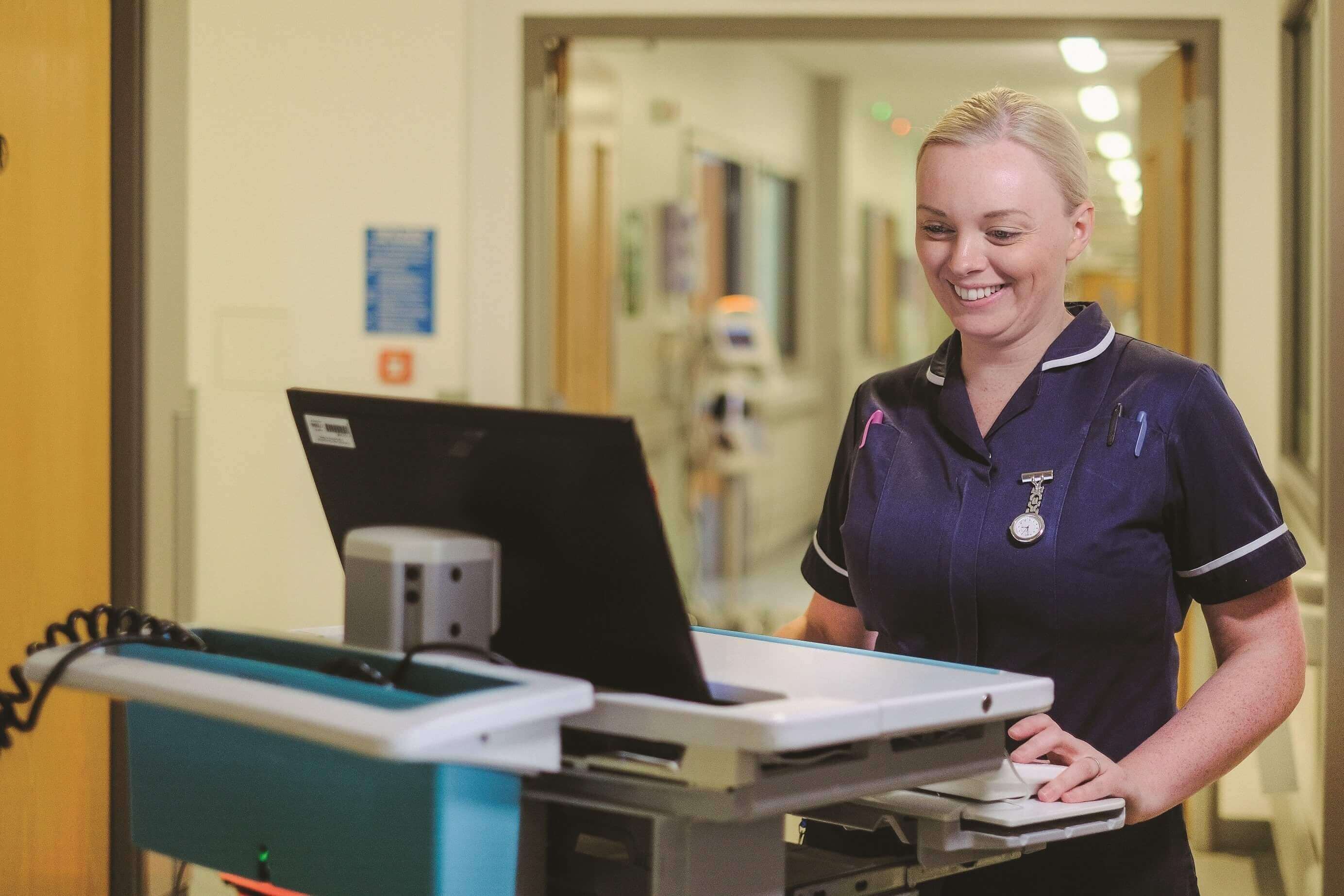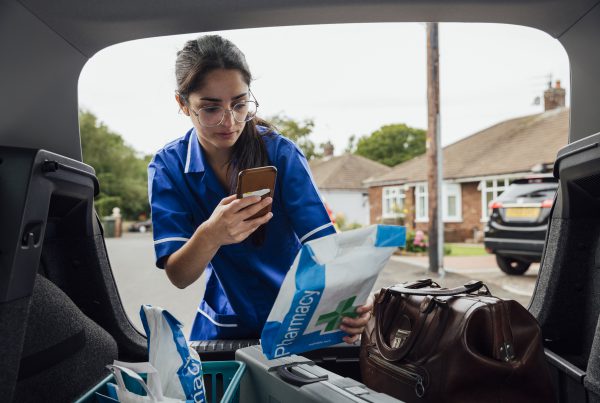Over the past 20 years, significant progress has been made in Virtual Reality (VR) and Augmented Reality (AR) technologies. They are increasingly being used in real-world applications as their versatility continues to improve and impress. While the gaming industry has led the way, bringing AR and VR to the masses – in 2018, there were a reported 171 million users and now other industries are switching on to the value of these evolving immersive technologies and how they can transform upskilling and knowledge transfer.
Removing learning risk by simulation
Learning and workplace training in healthcare is no exception, particularly in high-consequence industries such as healthcare. Here, VR can provide healthcare providers with the ability to create and recreate scenarios in which employees can learn by doing, without the potential consequence. The ability to remove the risk of making mistakes in real life is a major benefit to the healthcare sector and can be used in a variety of ways.
For example, creating immersive scenarios of high-risk events, disasters, attacks, safety training and rescue training; medical and surgical training when used alongside simulated touch, smell and weight; training to improve patient care, for example, providing students with the chance to ‘experience’ the heightened senses of autism, the sensation of partial blindness and the potential confusion of hearing loss.
Experimenting with AR/VR
Owing to the immersive and risk-averse nature of VR and AR, the National Institute of Health Research awarded £4 million of funding to the development of VR treatments for use in the NHS. The projects funded included a VR therapy package for patients with psychosis and a package for young people with social anxiety. Meanwhile, patients in Buckinghamshire and Oxfordshire are being offered VR treatments and therapy for a fear of heights, which is producing positive results.
In addition to these funded projects, there are an array of experimental projects using AR and VR currently underway. From remote ‘face-to-face’ consultations and surgery planning and practice to simulating consultations and procedures so doctors can experience these from a patient’s perspective.
For example, VR can transport trainee doctors inside the human body to access and view areas that would otherwise be inaccessible. Virtual reality enables medical professionals to view every part of the body in minute, 360 ̊CGI reconstructions, and use this to create training scenarios which replicate common surgical procedures.
Some healthcare providers are filming real-life surgery and combining with CGIs of the anatomy being operated on to provide an immersive and interactive training experience.
Pharmaceutical research and development firm, AbbVie created an experience to raise awareness amongst healthcare workers of the challenges facing Parkinsons sufferers. When wearing the VR headset, they gained a first-hand experience of a Parkinsons patient as they navigated a virtual supermarket.
The University of Southern California Institute for Creative Technologies is using VR to treat PTSD. Using controlled exposure therapy, war veterans relive traumatic situations or events in a safe environment in order to help them deal with their trauma.
VR is also being used in cases of phantom limb pain. Here, a three-dimensional world is created in which the phantom limb is still able to be manipulated, enabling patients to resolve some of the psychological effects of this condition.
While some of these concepts and uses may seem implausible, as it is still very early in the AR and VR lifecycle, it is difficult to know which ideas will work and which will fail. Which is why it’s critical for the sector to stress test solutions for success and to ensure there are no risks to patients.
Training the digitised workforce of the future
Importantly, it’s vital that the healthcare workforce is suitably trained in adoption of these exciting new technologies. Learning and development departments must consider the rollout of concepts as well as the delivery mechanisms in order to ensure they are able to capitalise on the impact of VR and AR.
As a provider of Learning Management System, DevelopMe+, we appreciate the significant role AR and VR can play as a current and future method of learning, especially in the field of healthcare. As such, we are in a strong position to support our customers in understanding the technologies’ capabilities and help them on their journey to adoption.
We’ve developed our LMS to support the analytic output from an AR or VR learning event, as well as the data technology currently adopted by AR and VR devises – xAPI. While many of these devices do not yet output data to an LMS, our DevelopMe+ software is future-proofed to enable this capability when it is ready.
Identifying early adopters of VR/AR
We are working closely with early adopters of AR and VR technology to help those Trusts analyse their learning data while helping us to shape the features required of DevelopMe+ in the future. We recognise the importance of identifying partners who are leading the way in this area and we will work with them to build useful data presentation within the LMS while assisting learning and development team to analyse the success of any training and interrogate the data to a level where they can pinpoint any knowledge gaps. As part of our partner strategy will are currently identifying and engaging with exciting partners in this area.
Join us for our Study Day hosted by Southern Health NHS Foundation Trust on 31 March at 9.30am.





